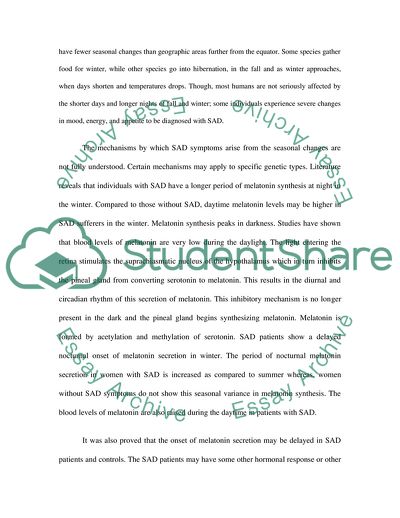Cite this document
(Seasonal Affective Disorder: Actual or Just an Excuse Coursework, n.d.)
Seasonal Affective Disorder: Actual or Just an Excuse Coursework. https://studentshare.org/health-sciences-medicine/1710616-seasonal-affective-disorder-actual-or-just-an-excuse
Seasonal Affective Disorder: Actual or Just an Excuse Coursework. https://studentshare.org/health-sciences-medicine/1710616-seasonal-affective-disorder-actual-or-just-an-excuse
(Seasonal Affective Disorder: Actual or Just an Excuse Coursework)
Seasonal Affective Disorder: Actual or Just an Excuse Coursework. https://studentshare.org/health-sciences-medicine/1710616-seasonal-affective-disorder-actual-or-just-an-excuse.
Seasonal Affective Disorder: Actual or Just an Excuse Coursework. https://studentshare.org/health-sciences-medicine/1710616-seasonal-affective-disorder-actual-or-just-an-excuse.
“Seasonal Affective Disorder: Actual or Just an Excuse Coursework”. https://studentshare.org/health-sciences-medicine/1710616-seasonal-affective-disorder-actual-or-just-an-excuse.


